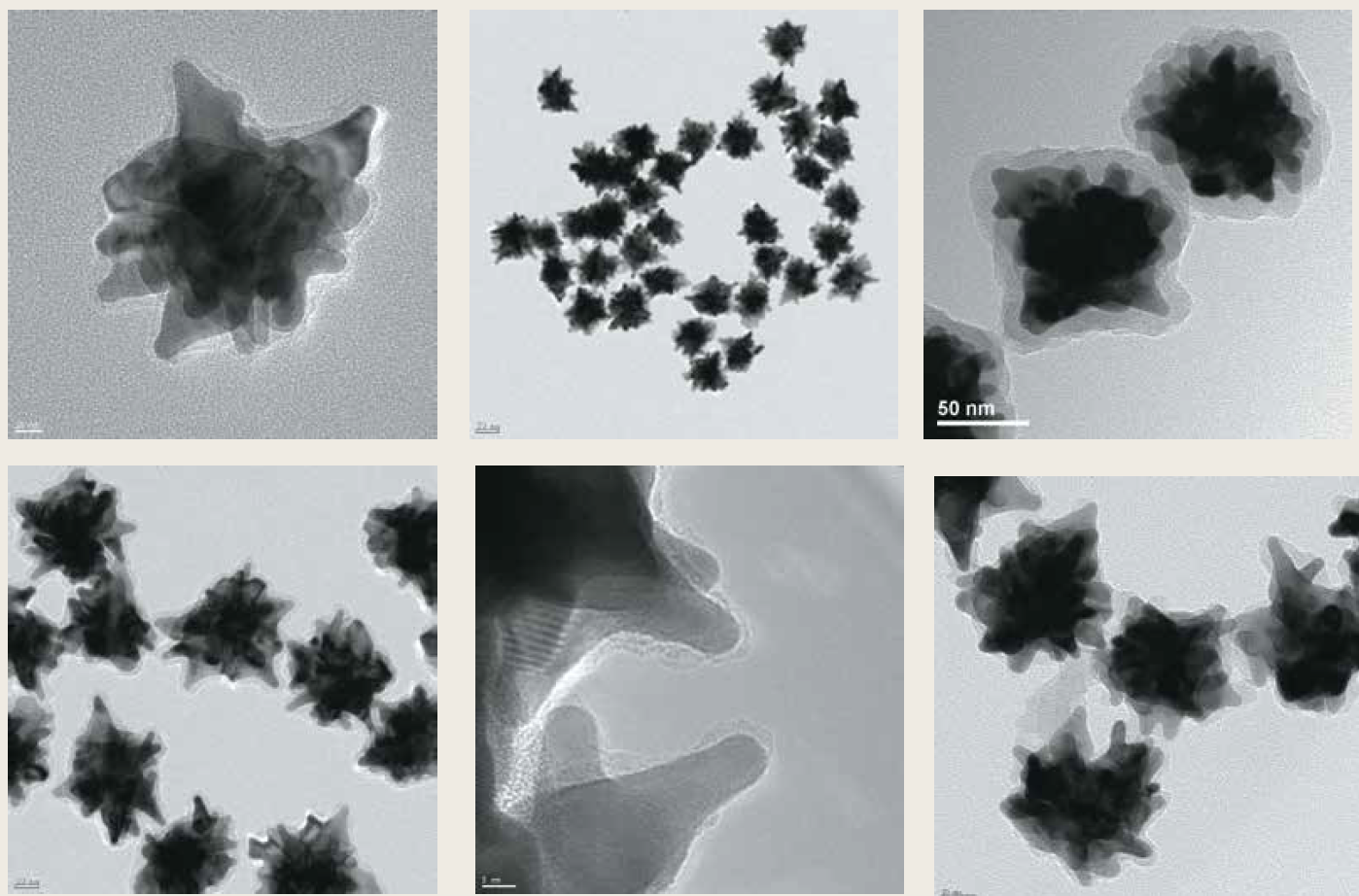Cancer Research’s Gold Standard

Florida Tech Researchers Use Gold Nanoparticles to Make Important Discoveries
Florida Tech scientists are prospecting one on the most promising tools for zapping cancer: gold nanoparticles.
Florida Tech biomedical engineering professors Kunal Mitra and Michael Fenn have different research avenues, but they’re both using the material to find and destroy cancer cells while leaving healthy tissue untouched.
Mitra’s work is focused on injecting formulated gold nanoparticles into a tumor. With an ultra-short light pulse shined on the particles, a high-resolution image of the cancer can be achieved. Mitra’s non-invasive method could be used instead of a biopsy, which can be which can be costly and produce results that can take a week or more to process.
Beyond detection, gold nanoparticles inside a cancer cell could possibly kill the cancer when energized by a laser.
Florida Tech chemistry professor Joel Olson explains the science like this: “If you have ever put your hand in front of a flashlight, you realize red and orange light makes it through human tissue. If we can get gold nanoparticles tuned to orange light, meaning they will absorb the light that makes it through our tissue and inside a cancer cell, you can aim light energy at them. They become very hot at that small scale. The idea is you could boil a cancer cell from the inside out.”
The hard part is getting those gold nanoparticles to selectively enter only cancer cells. Fenn is working toward that goal. “My biggest interest is finding micrometastasis,” he explains.
“These are rogue cells that get out from the primary tumor and are the ones that actually end up killing 95 percent of patients, depending on the type of cancer. This is where the technology we are developing can be the most powerful.”
Fenn uses a technique called surface-enhanced Raman spectroscopy (SERS), which greatly amplifies Raman signals from molecules absorbed onto specially prepared gold nanoparticles. With the data from SERS, different components in a mixture can be identified, whether cells or chemicals. “We want to distinguish different types of cancer and cancer cells from normal tissue.”
Fenn’s process is a very complex undertaking that will likely take years to bring into a human study and to the clinic. But the ultimate, tantalizing goal is to turn specialized gold nanoparticles into a combined diagnostic and therapeutic platform that can not only seek out cancer, but then deliver a drug directly into the sickly cells.
The gold nanoparticle industry is expected to grow from its current $1 billion market to nearly $5 billion by 2020, according to the market research firm Radiant Insights. A reason for that anticipated growth is that today’s scientists are confident in the material’s potential for diagnostics and therapeutics, such as targeted cancer imaging and therapy, because of its “high biocompatibility and selective accumulation in tumor cells,” the report says.
%CODE1DISCOVERYMAGVOL13%





